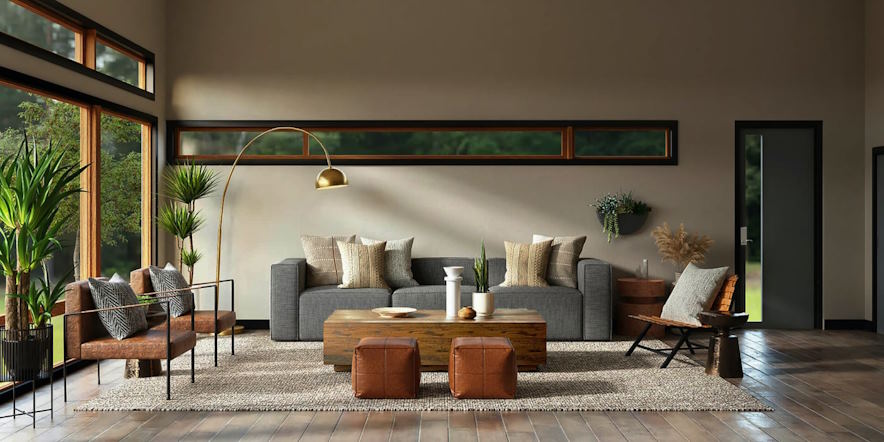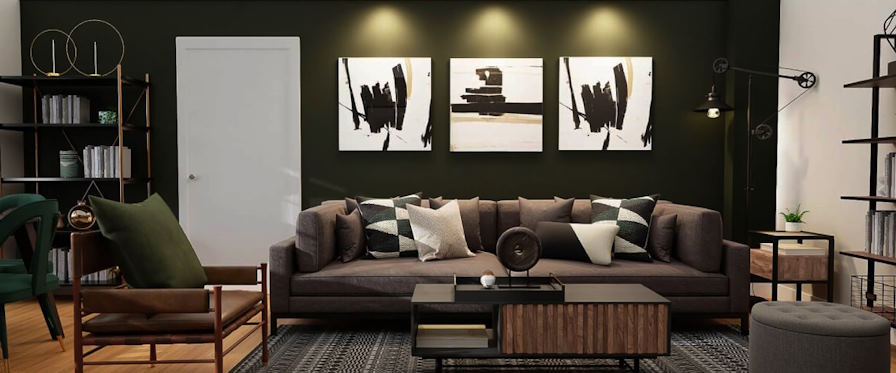Fundamental Principles of Interior Design: Creating Harmony in Living Spaces
Interior design is both an art and a science. It encompasses a range of principles and techniques that guide the creation of functional, aesthetically pleasing spaces. By understanding and applying fundamental principles such as balance, proportion, scale, harmony, rhythm, and emphasis, designers can create interiors that are not only visually appealing but also comfortable and harmonious to inhabit.
Balance
Balance refers to the distribution of visual weight in a space to create a sense of equilibrium. There are two types of balance: symmetrical and asymmetrical. Symmetrical balance involves arranging elements in a space to be identical or similar on both sides of a central axis, creating a sense of stability and order. Asymmetrical balance, on the other hand, involves arranging different elements of varying visual weight to achieve equilibrium through careful placement and consideration of scale and proportion.
Example
In a living room with a fireplace as the focal point, symmetrical balance can be achieved by placing identical furniture pieces, such as matching armchairs and side tables, on either side of the fireplace. Alternatively, a large sofa on one side of the room can be balanced with a grouping of smaller furniture pieces and artwork on the opposite side.

Proportion and Scale
Proportion and scale refer to the size and relationship of elements within a space. Maintaining proper proportion and scale ensures that elements and the overall space relate harmoniously to one another. Oversized or undersized furniture and decor can disrupt the visual balance of a room, while properly scaled elements create a sense of cohesion and proportion.
Example
A large dining table with proportionately sized chairs in a dining room creates a balanced and inviting seating arrangement. Similarly, oversized artwork or light fixtures can add drama and visual interest to a space while maintaining harmony with the surrounding elements.
Harmony
Harmony refers to the cohesive blending of elements within a space to create a unified whole. This involves coordinating colors, textures, patterns, and materials to achieve a sense of coherence and completeness. Harmonious interiors evoke a feeling of comfort and unity, where every element feels purposeful and intentional.
Example
A bedroom with a soothing color palette of soft blues and neutrals creates a harmonious and tranquil atmosphere conducive to relaxation. Textured textiles, such as plush bedding and woven rugs, add layers of visual interest while maintaining a cohesive aesthetic.
About
Welcome to our dynamic blog, a hub of creativity!
Delve into mesmerizing photographs, innovative design trends, and exciting event coverage. Join us as we celebrate the fusion of artistry and imagination, inspiring your own creative endeavors along the way.


